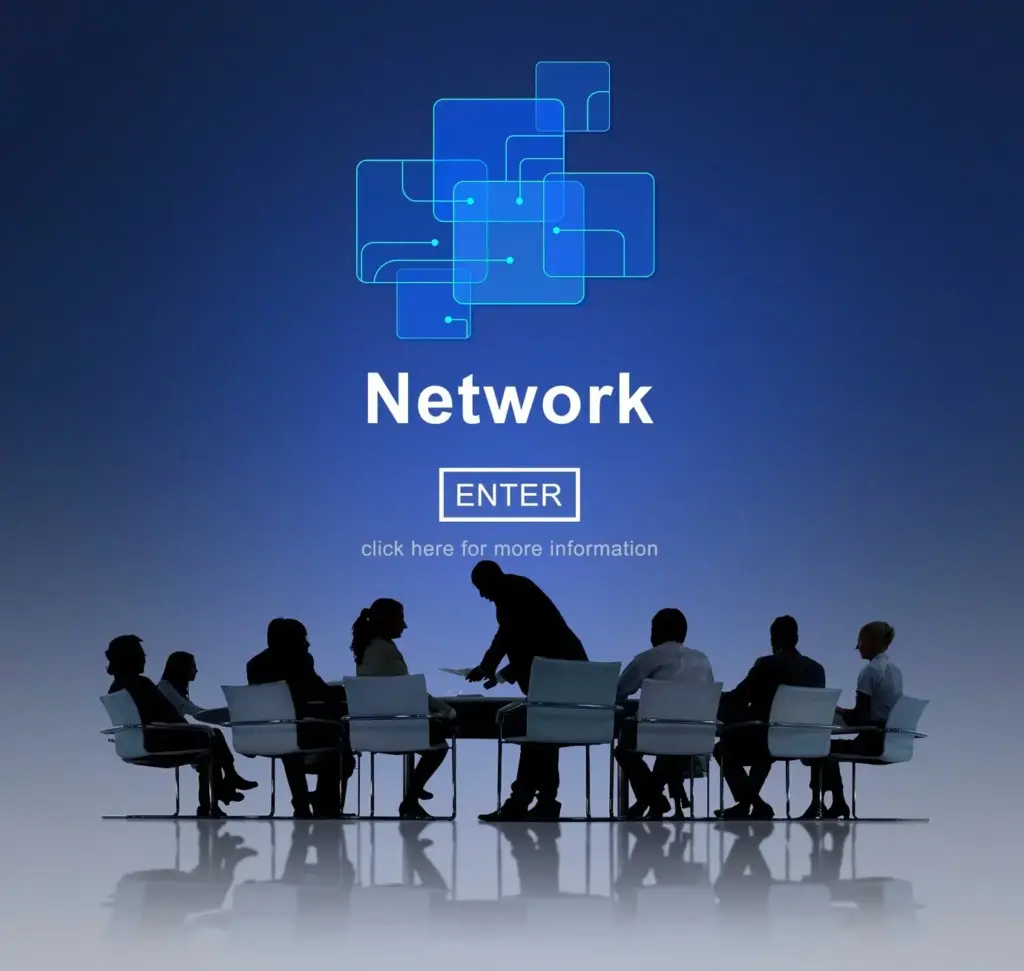Guiding Decisions with IT Governance, Risk, and Compliance


From Board Vision to Practical Controls
Risk Identification and Prioritization that Drives Value
Scenario Analysis Rooted in Business Outcomes
Data-Informed Risk Ranking and Indicators
Third-Party and Supply Chain Visibility
Unified Control Catalog and Cross-Mappings
Audit-Ready Evidence, Every Day




Architecting the Operating Model
Metrics, Dashboards, and Continuous Improvement
Change Management and Culture

Human-Centered Training and Storytelling
Adults learn through relevance and emotion. We use narratives anchored in actual incidents, brief interactive exercises, and practical checklists teams can apply today. By keeping sessions short and recurring, competence compounds without fatigue. A logistics team visualized a fumbled access request as a delivery delay story; suddenly, approvals mattered deeply. Collect and share your own tales where a small control change avoided chaos. These human details motivate adoption better than any slide packed with jargon ever could.

Incentives and Recognition Aligned to Controls
People do what is rewarded. We align performance reviews and peer recognition with behaviors like timely remediation, clean evidence, and thoughtful exception handling. Celebrating maintainers, not only feature heroes, balances incentives. In one company, a quarterly reliability award raised morale and reduced incident recurrence. Fair rewards turn compliance from chore into craft, where engineers feel proud of safeguards they designed. Encourage managers to share simple recognition scripts here, and we will assemble a field-tested collection for readers.

Community of Practice and Peer Learning
Peer groups accelerate adoption by providing advice faster than any policy document. We seed a community of practice with office hours, pattern showcases, and rotating demos. Participants bring real obstacles; facilitators offer patterns or connect experts. Over time, champions emerge, and support scales organically. A bank’s monthly clinic resolved sticky identity issues before they escalated into findings. Tell us which challenges your peers face most, and we will curate focused sessions to crowdsource solutions and publish highlights.